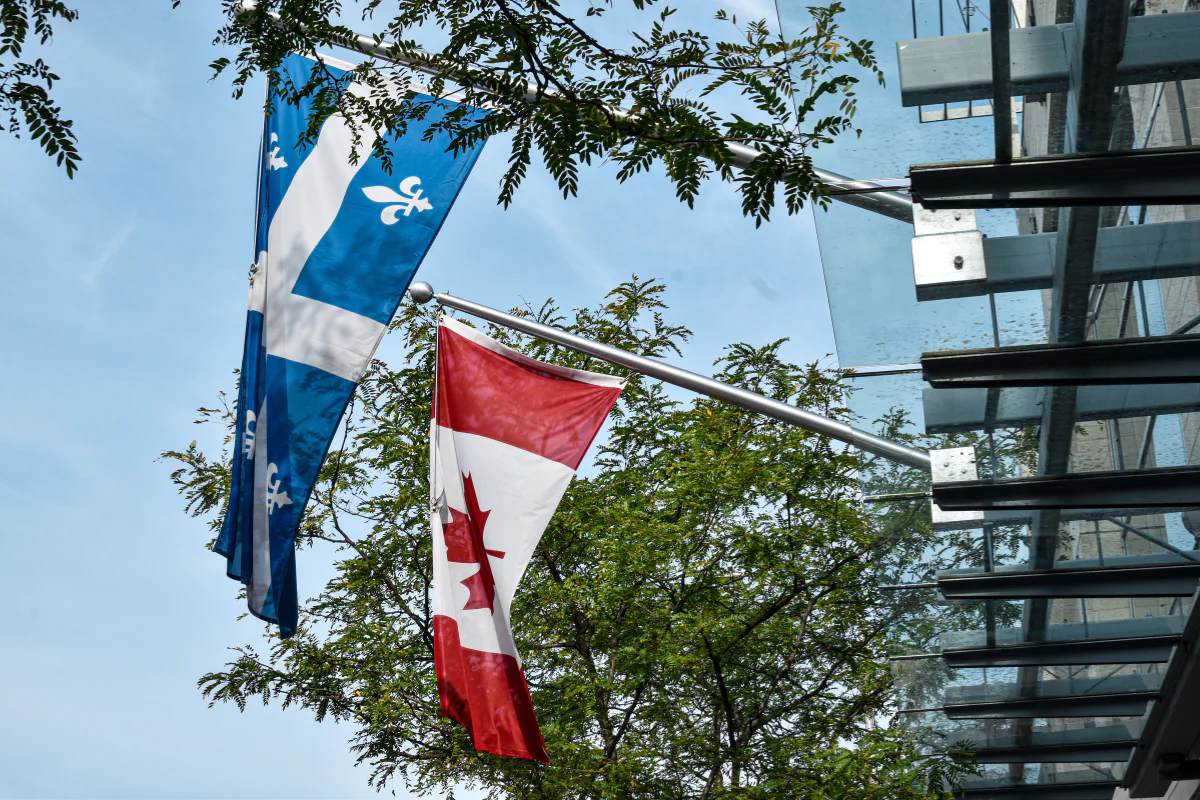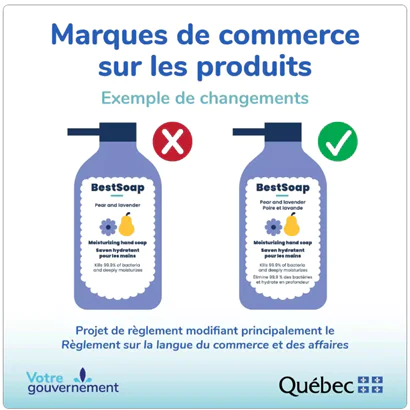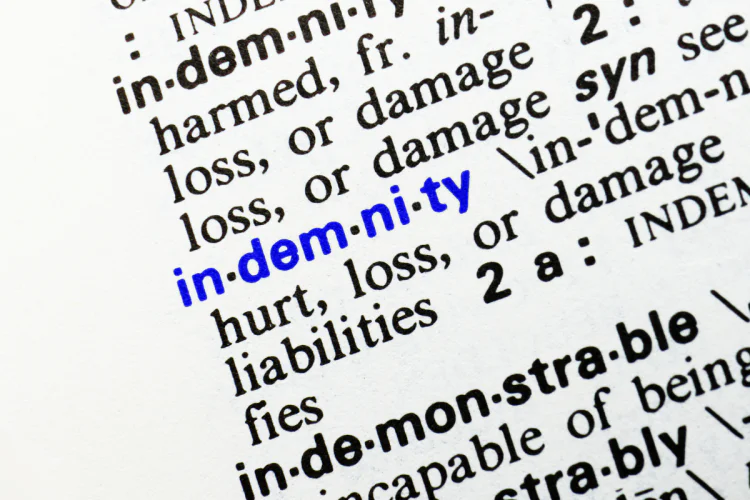Quebec’s new legal requirements relating to packaging and signage

Authors: Lorraine Pinsent and Isabelle Gagné
On June 1, 2025, amendments to the Charter of the French Language (Bill 96) will come into force. These new laws will impact businesses regarding the use of the French language both in commerce and business.
Who is impacted by these changes?
Everyone that has a business in Quebec and every trader selling goods in Quebec.
What are the new requirements for signage?
Outside and inside signage identifying a business name or trademark must now be either in French, or be predominantly in French if it is currently solely or in part displayed in a language other than French.
The examples below, provided by the Government of Quebec, illustrate the various situations where the term BEST BEEF is the trademark:

- In the first image, the reason it is not acceptable is because the French and English portions are equivalent.
- In the second image, the descriptive French term BOUCHERIE (butcher shop) is predominantly bigger than the trademark BEST BEEF.
- In the third and fourth images, the descriptive term BOUCHERIE can be the same size as the trademark because the other words, SAVEUR ET FRAÎCHEUR (flavour and freshness) and CHARCUTERIE (cold cuts) and TRAITEUR (caterer), add French content, resulting in the French language being predominant.
What are the new requirements for packaging?
With respect to goods sold in Quebec, packaging requirements have also been modified. Until now, when a “brand” appearing on goods was protected by a trademark, it did not require a translation. As of June 1, 2025, it will be necessary for traders to ensure that the purchasers of the goods know what they are buying and their characteristics.
The example below, also provided by the Government of Quebec, illustrates the incorrect use (on the left) and correct use (on the right) on the packaging for a bottle of soap with the trademark BESTSOAP:

In this example, the entire label of the first bottle is the subject of a trademark application or registration. The label includes not only BESTSOAP but also the scent associated with the soap, “pear and lavender,” and other relevant information.
Previously, the trader was not obligated to provide a translation. Under the new law, this is no longer acceptable. French-only-speaking customers are entitled to know what they are buying. Even though traders own a registered trademark for the whole label, they will now be required to provide the translation of the generic terms appearing in the trademark.
The second and correct image shows “Pear and Lavender” and “Kills 99% of bacteria and deeply moisturize” in both French and English.
What is the deadline for products to be compliant?
The law establishes a two-year phase-out period where non-compliant products manufactured before June 1, 2025, are allowed to remain on the market until June 1, 2027. After that date, all the unsold non-compliant products must be removed from the shelves and replaced by products bearing the compliant packaging.
What happens if the trademark is not registered?
If a trademark is being used on goods without being subject of a formal trademark application or registration at the Canadian Intellectual Property Office (CIPO), the trademark must be translated in French, assuming the words forming the trademark can be translated.
The new legislation refers to “registered trademark;” however, in view of the slow progress of trademark applications at the Canadian Intellectual Property Office, a trademark that is subject of a formal application will be considered as registered for the purpose of the application of these new French language requirements.
What are the consequences of not complying with the requirements?
The Organization responsible for the implementation and monitoring of the legislation is called the Office québécois de la langue française (OQLF). The OQLF can send demand letters to force the traders to comply with the requirements. If this is not done, the traders can face penalties in the form of fines, which will be heavier for recurrent behaviour.
For legal entities, the fines are as follows:
- 1st: $3,000 to $30,000 per day
- 2nd: $6,000 to $60,000 per day
- 3rd: $9,000 to $90,000 per day
Key takeaways
It is important for traders currently doing business or intending to do business in Quebec be aware of these requirements, as failure to comply can have substantial financial consequences. In addition to signage and packaging, the Charter of the French Language may have other impact in other areas of law.
If you have any questions regarding these matters, please contact Lorraine Pinsent, Isabelle Gagné or Nicolas Joubert.
Learn about our French services.
Note: This article is of a general nature only and is not exhaustive of all possible legal rights or remedies. In addition, laws may change over time and should be interpreted only in the context of particular circumstances such that these materials are not intended to be relied upon or taken as legal advice or opinion. Readers should consult a legal professional for specific advice in any particular situation.




